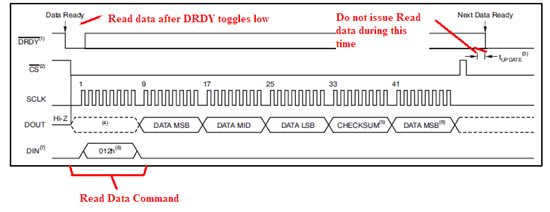Hello,
I am using PGA 280 with ADS1259 in our application. I was going to proceed with writing an SPI driver in C for both of them starting with PGA 280. Apart from the application note for SPI are there any libraries in C available for PGA280 ?
Regards
Rahul


